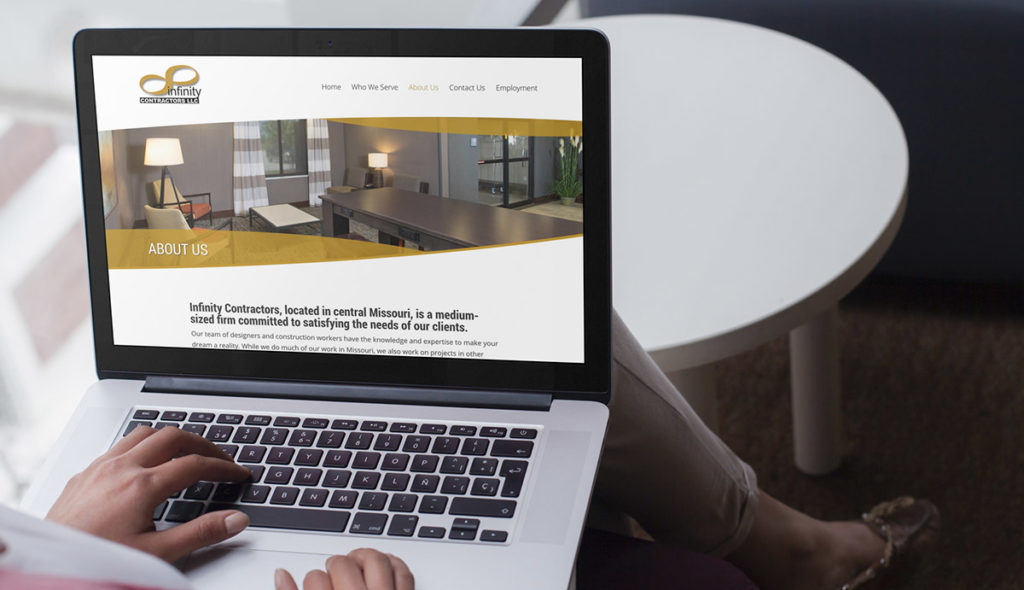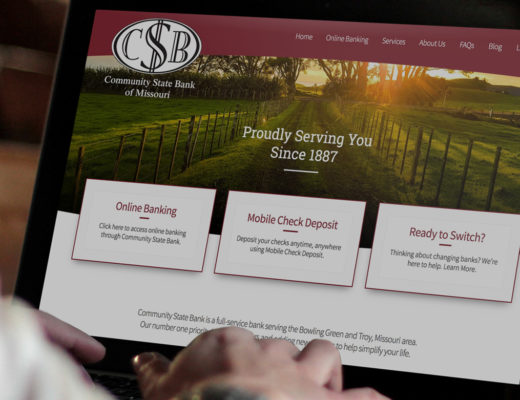When you buy expensive items like houses, cars, and electronics, you expect certain things to be included with your purchase. Ample storage space and speed should come with a computer so that it can perform fundamental duties. Dwellings should be up to code with heating and plumbing. And new automobiles should include climate control, airbags and a quartet of tires.

What about when you purchase a new website? Just like above, you should expect specific features to come with it, especially since the internet is always adapting. At Hub & Spoke, a marketing agency and web design firm, here’s some of what you can expect.
1. Mobile-friendliness (responsive website design)
Does your website appear attractive on desktops, but not on smartphones, tablets, and large-screen televisions?
A website should adapt—or respond—to a screen of any size. A decade ago, this was a fairly new idea, and the world’s biggest, most technological businesses with large budgets started redeveloping their sites to accommodate different screens. Those days are in the past now, and just about all websites today are mobile-friendly. This became all but mandatory when Google started penalizing sites that weren’t mobile-responsive.
2. DIY website updates
It’s no longer necessary to use a phone to make a call, nor do you have to wait for a technician or developer to resolve every issue for you.
Using a robust, open-source CMS like WordPress; or e-commerce platforms like WooCommerce and Shopify, each site should adhere to a properly-structured, organized content framework that is aesthetically pleasing and easy to update. Use of these platforms will empower you to change your website whenever it’s needed, without having to wait.
Of course, if you’d rather not go it alone, your St. Louis web developer should always be willing to help.
3. A distinctive web design
Your website should be visually interesting, reflecting your brand message and image. It’s likely the first and most common way a customer or donor will encounter your brand.

The site should communicate with your visitors in a tone that represents your business’s character. The pictures, whether they are graphics or photos, should be of high quality, and they should be handpicked to tell the story you want to tell.
4. Generating leads
When potential customers visit your site, are you collecting their names? Your site should be a platform for building new relationships with new customers. It should be simple for you to remain in contact with a lead. This can be achieved through newsletter subscriptions, social networks, contact forms, and retargeting (on platforms such as Google and Facebook).
5. Content creation and blog activity
If you’re hiring a freelancer or have an in-house team for writing services, new content is the way to luring new customers via SEO. New content also establishes you as an expert in your field. Fresh blog content should be posted on a regular schedule, with a strategy in mind. The bigger your customer base, the more frequently you should be posting. But, remember: Always keep your content relevant to your target market.
6. Feedback from your favorite customers
Getting positive praise from a renowned member of your community is invaluable, as such testimonials can influence on-the-fence customers. Reviews placed purposefully in key spots on your site could stimulate potential customers into asking you a question on your contact form, subscribing to your newsletter, following you on social media, or reaching out directly.
7. Analytics tracking and SEO
You need to know the number of people that are visiting your website, and which pages are the most popular.
Looking deeper at user behavior can offer great insight into how to leverage your site to the fullest. If your site isn’t seen on search engines when specific queries are made (with keywords that reflect your specialty), you could be in trouble. You can track traffic using Google’s Webmaster Tools and Analytics. You should also have access to advanced SEO tools so you can adjust titles and descriptions on each page of your site.
8. Dependable, quick loading times
Your website should be designed in such a way that it loads as quickly as possible. That way, users on shaky connections, or those who are simply impatient, won’t give up and navigate away from your site. This could include compressing the content of your website, slimming down the code, or simply using smaller image files.
9. Scalability of a site
A new website is a major investment, and your developer should be able to explain what you need right away, what tools or changes could prove useful as you go about your daily business, and what to keep in mind in the future. Your website should be able to adapt as needed to changing environments.
10. Post-launch support
Some web developers may charge extra for this. At a moment’s notice, you should have someone to call upon for technical issues, which includes CMS security and core updates, ensuring that all plug-ins are updated and running as they should, and making modifications to the site when necessary.
Are you getting what you’re paying for?
Now that you’ve learned about the 10 features all websites should have, ask yourself how your site holds up. If you didn’t score 100%, maybe it’s time to talk about the advantages of a new website design and how that can help your business or organization grow.

